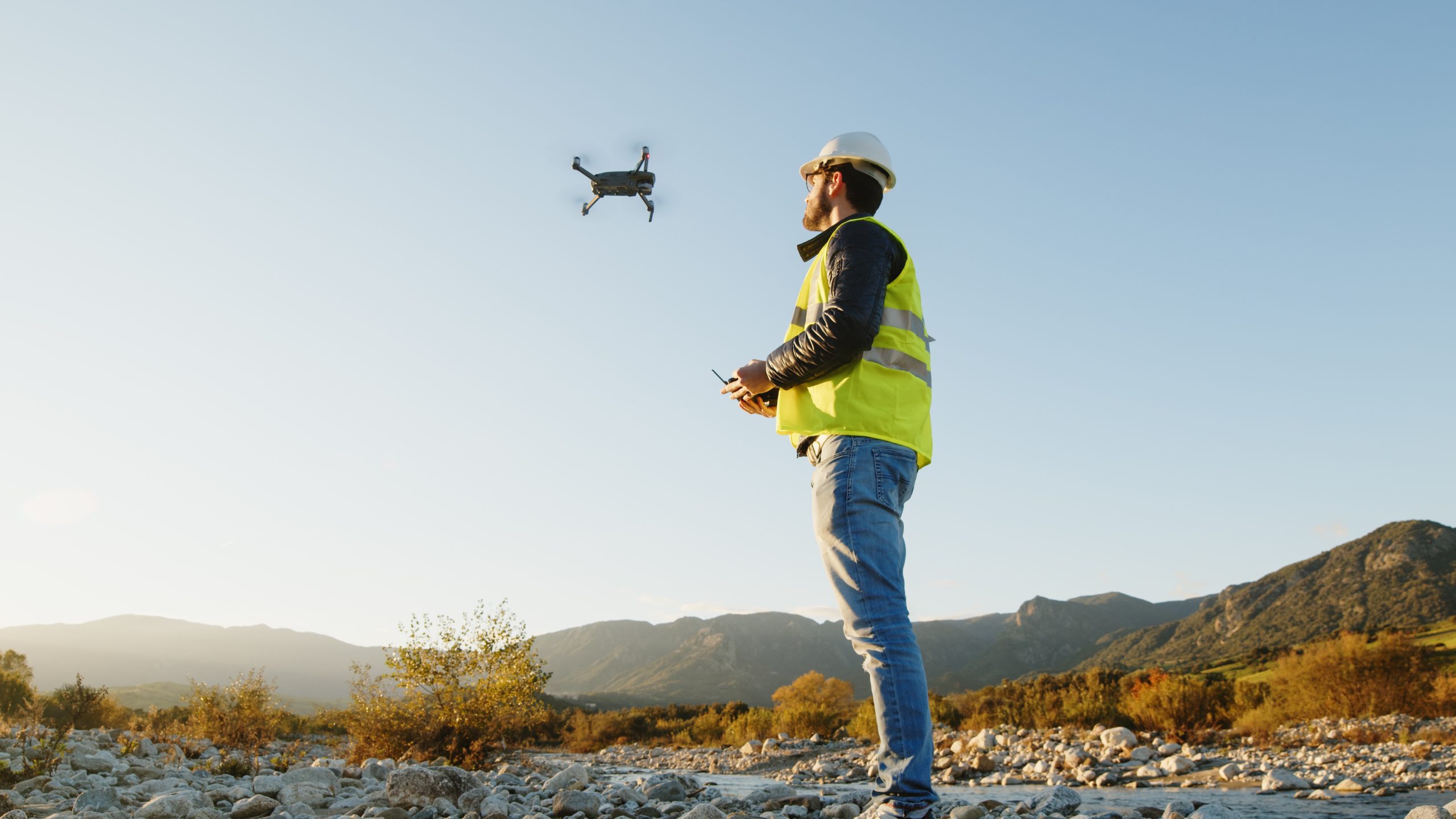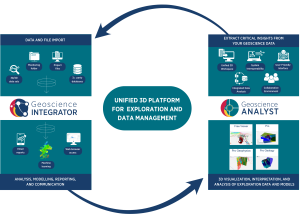Unlock the potential of your exploration data. Integrate drillhole, geological, geophysical, and geochemical data and models in a single platform, enabling rapid querying, consistent interpretation, and more effective cross-team collaboration.
Geoscience INTEGRATOR
From 3D Exploration to 4D Geotechnical and Mining—One Platform for All Your Data
Data management, query, 3D visualization, and analysis for the integration of 3D exploration and 4D geotechnical and mining data, interpretations, models, and supporting files and documents.
Connecting Data to Insight, and Insight to Action
Ensure data integrity. Use structured data management workflows that enforce standards, validate inputs, and maintain audit trails—giving you confidence in your outputs.
Work from a single, validated source of truth. Avoid data loss, duplication, and errors with centralized governance, version control, and built-in validation tools.
Adapt your data structure to match your workflow. Configure schemas, relationships, user access, and data integration rules to align with your operational logic—so the system works the way you do.
Query data with precision and speed. Use advanced search and filtering tools to explore complex 3D and 4D datasets—turning raw information into actionable insights while maintaining consistency and traceability.
Collaborate more efficiently across teams and disciplines. Work in an integrated, shared 3D platform with consistent, live access to all project data and interpretations.
Streamline mining workflows with integrated 3D and 4D datasets. Maintain consistent models across space and time, enabling data-driven insights, predictive analytics, and automated reporting.
Explore Geoscience INTEGRATOR
Geoscience INTEGRATOR
For Exploration Projects

Geoscience INTEGRATOR
For Geotechnical and Mining Projects

Streamline geotechnical and mining operations with integrated 3D and 4D data management. Maintain spatially and temporally aligned models, enable advanced analytics and machine learning, and automate reporting for faster, more confident decisions.
Would you like to see Geoscience INTEGRATOR in action?
Related resources

Geoscience INTEGRATOR 4.1 unveils a range of new features and improvements designed to boost performance and enhance user experience.

A robust workflow for regional porphyry targeting; Application to the QUEST-South project area in southern British Columbia
Mitigating data science and statistical challenges is crucial to integrate machine learning into the everyday targeting tasks of exploration geologists.

Mira Geoscience receives the 2023 AME Innovation Award
John McGaughey, Mira Geoscience's President, has been selected for the 2023 AME Innovation Award for leading the development of GEOH5.

GEOH5: A Framework for Geoscience Data and Model Portability
Used by thousands, GEOH5 is the open-source data structure that is taking down the interoperability barriers and revolutionizing...

Documents linked to a project
When documents are linked to a project in Geoscience INTEGRATOR, it is possible to be more specific and link them to the project’s data sets...

GOCAD Mining Suite – A geological modelling powerhouse
Past event, recording link available here...

Scripting – Geoscience ANALYST Pro – Virtual Lecture
Past event. Have a look at the video to learn about mathematical and logical scripting in Geoscience ANALYST Pro...

Importing and preparing DC/IP data for inversion with Geoscience ANALYST – Virtual Lecture
In 20 mins, Kristofer shows v3.4 new functionality for pre-processing and visualization of DC/IP 2D and 3D data - Geoscience ANALYST...

Customizing metadata
Version 3.0 of Geoscience INTEGRATOR has a new layout for data set summaries that allows you to document any general information as custom...

EM101: Tips and tricks for EM data in Geoscience ANALYST
In 20 minutes, James Reid show's you EM101 using Geoscience ANALYST Pro, a low-cost...

Simple unconstrained inversion
Computing an unconstrained inversion in Geoscience ANALYST Pro – it’s never been as easy!

Drillhole Statistics
In Geoscience ANALYST you can compute drillholes’ deviation statistics. These include...



